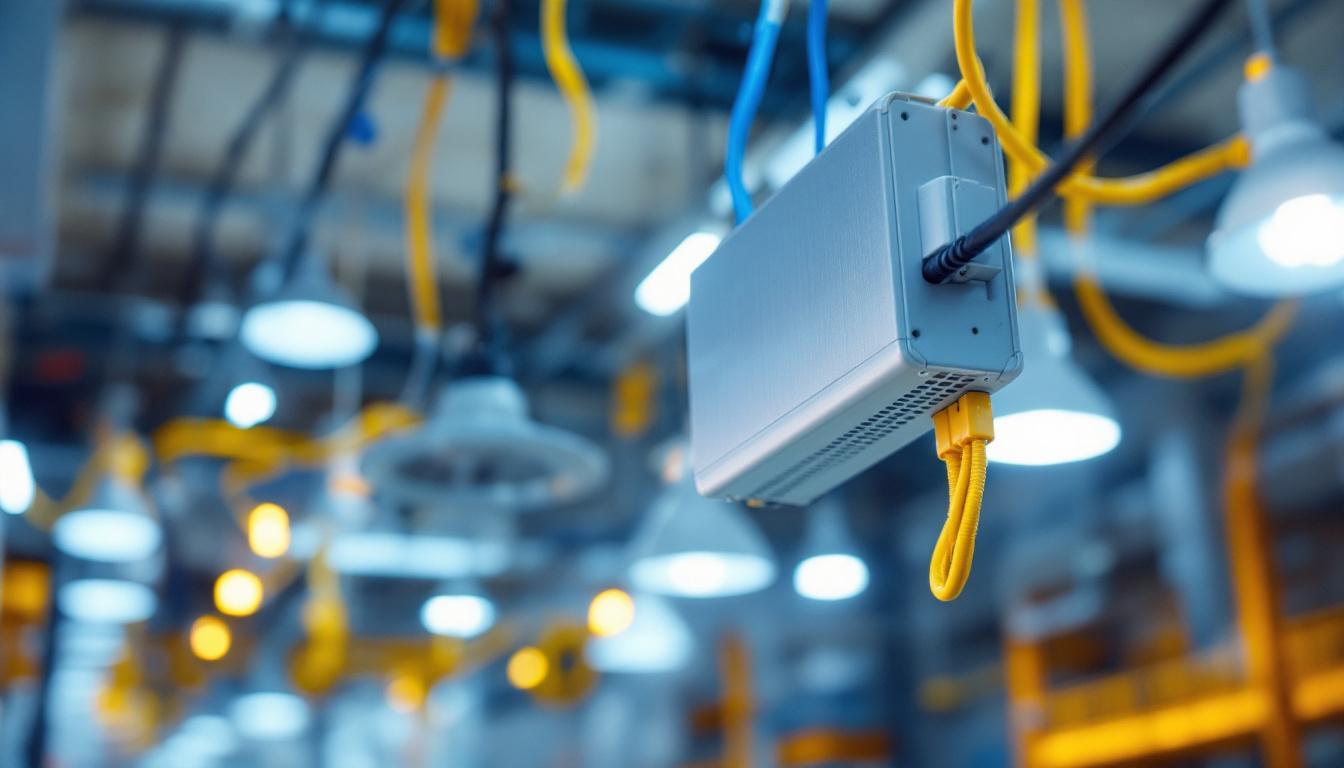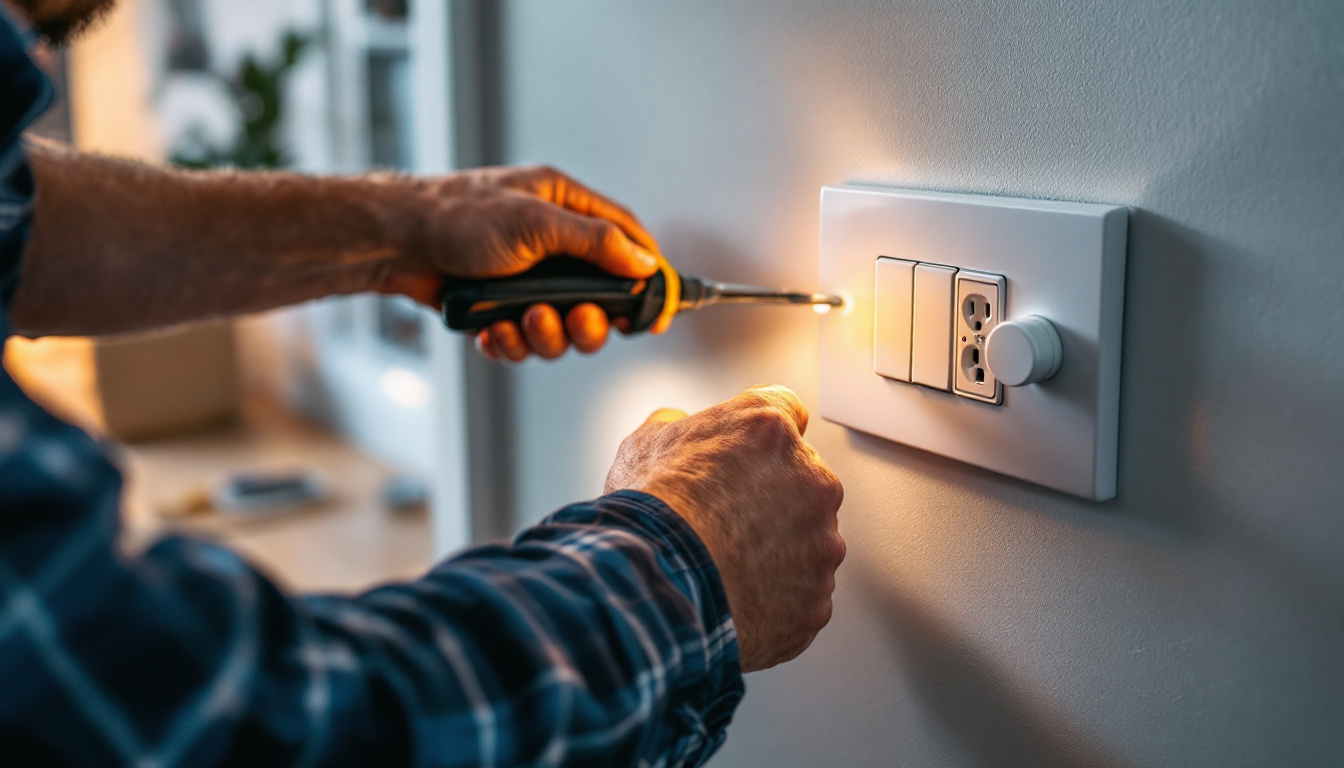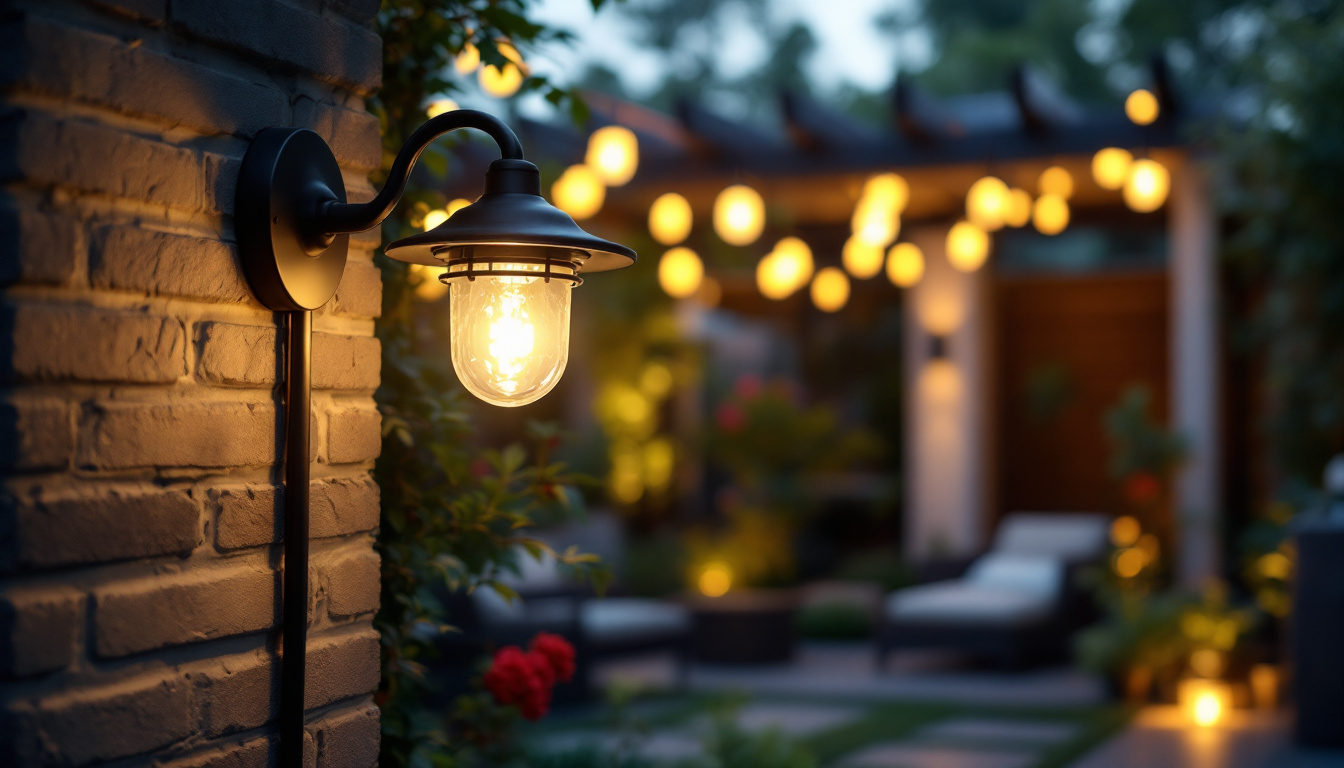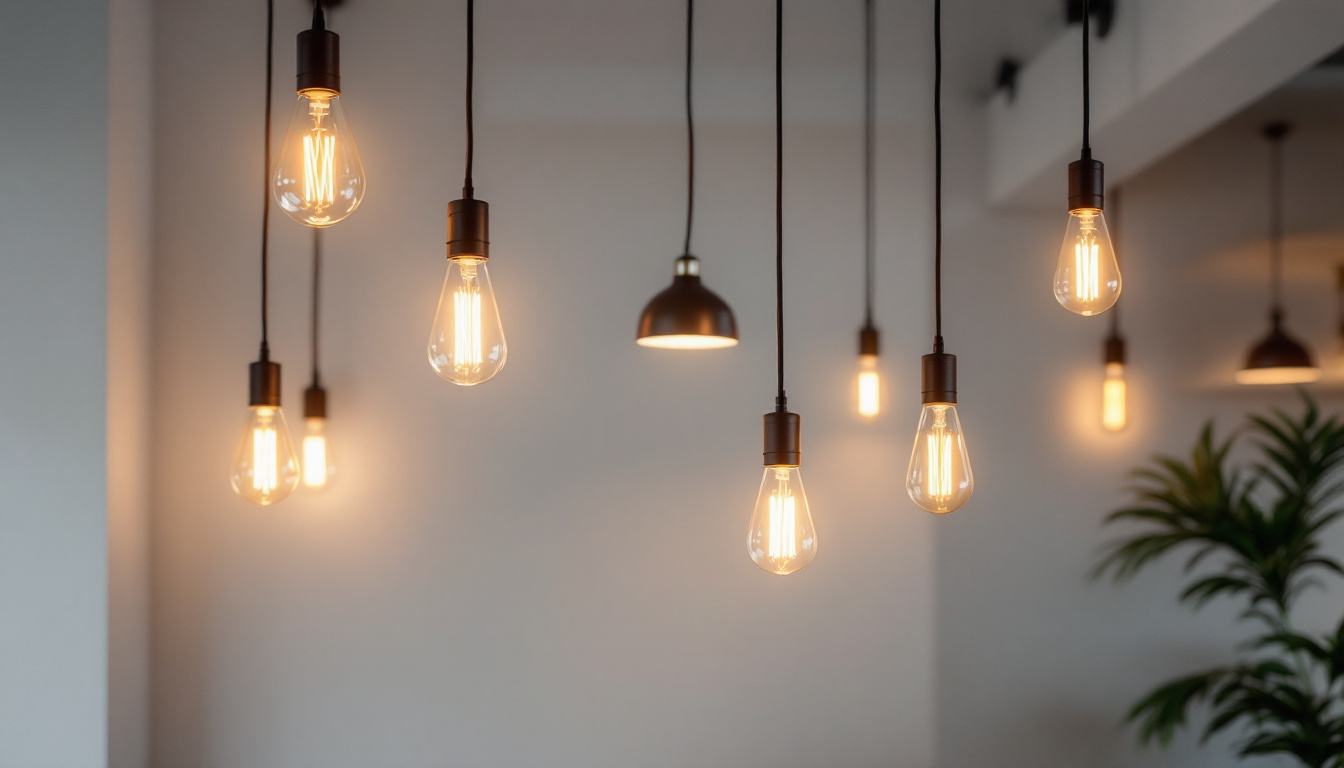
In the world of lighting, understanding the components that make systems function efficiently is crucial for lighting contractors. One such component is the lighting ballast. This device plays a pivotal role in the operation of various lighting systems, particularly fluorescent and HID (High-Intensity Discharge) lamps. This article will delve into what a lighting ballast is, its types, and best practices for installation and maintenance that every lighting contractor should know.
A lighting ballast is an electrical device that regulates the current to the lamps and provides the necessary voltage to start them. Without a ballast, fluorescent and HID lamps would not function properly, leading to flickering lights or even complete failure. The ballast ensures that the correct amount of current flows through the lamp, which is essential for optimal performance and longevity. Additionally, ballasts can help to extend the lifespan of the lighting system by preventing overheating and reducing the risk of electrical faults, making them a crucial component in any lighting setup.
Ballasts operate by providing a high voltage to initiate the arc between the electrodes of the lamp. Once the lamp is lit, the ballast reduces the voltage to a level that maintains the arc without causing excessive current flow. This regulation is critical; too much current can damage the lamp, while too little can prevent it from lighting altogether. Furthermore, ballasts can also incorporate features such as dimming capabilities, which allow users to adjust the brightness of the lighting according to their needs, enhancing both comfort and functionality in various environments.
In addition to regulating current, modern electronic ballasts are designed to improve energy efficiency. They can adjust the power consumption based on the needs of the lighting system, which can significantly reduce energy costs over time. This feature is especially important for contractors looking to recommend sustainable solutions to their clients. Moreover, energy-efficient ballasts can contribute to lower greenhouse gas emissions, aligning with global efforts to combat climate change. By choosing the right ballast, businesses and homeowners alike can not only save money but also play a part in promoting environmental sustainability.
There are primarily two types of ballasts: magnetic and electronic. Magnetic ballasts are the traditional type, using inductors to regulate current. They are generally more robust and can be less expensive upfront, but they tend to be bulkier and less energy-efficient. On the other hand, electronic ballasts are more compact and lightweight, providing better energy efficiency and the ability to operate multiple lamps simultaneously. They also offer features such as flicker-free operation and quieter performance, making them a popular choice in modern lighting applications. Understanding the differences between these types can help users make informed decisions based on their specific lighting needs and preferences.
There are several types of ballasts available, each suited for different applications. Understanding these types is essential for lighting contractors, as it allows for informed decisions when selecting the appropriate ballast for a specific lighting project.
Magnetic ballasts are the traditional type of ballast, commonly used in older fluorescent lighting systems. They consist of a transformer and are known for their durability and reliability. However, they are less energy-efficient compared to electronic ballasts and can produce a noticeable hum during operation. Despite these drawbacks, magnetic ballasts are often favored in environments where longevity is critical, such as in industrial settings. Their robust construction makes them less susceptible to damage from environmental factors, which can be a significant advantage in harsh conditions.
Electronic ballasts have gained popularity due to their energy efficiency and compact size. They operate at a higher frequency than magnetic ballasts, which results in flicker-free lighting and reduced energy consumption. Additionally, electronic ballasts can be designed to work with dimming systems, providing further flexibility in lighting design. This adaptability allows for tailored lighting solutions that can enhance both aesthetic appeal and functionality in various spaces, from retail environments to office buildings. Furthermore, the lightweight nature of electronic ballasts simplifies installation, making them a preferred choice for many modern lighting projects.
With the rise of smart technology, smart ballasts have emerged as a cutting-edge option for lighting systems. These ballasts can communicate with other smart devices, allowing for remote control and monitoring of lighting conditions. This technology is particularly beneficial in commercial settings where energy management is a priority. Smart ballasts can integrate with building management systems, enabling automated adjustments based on occupancy levels and natural light availability. This not only optimizes energy usage but also contributes to a more sustainable approach to lighting design. Moreover, the data collected from smart ballasts can provide valuable insights into usage patterns, helping facility managers make informed decisions about their lighting infrastructure.
Proper installation of lighting ballasts is crucial for ensuring the longevity and efficiency of the lighting system. Here are some best practices that lighting contractors should follow during installation.
Before installation, it is essential to select the appropriate ballast for the specific type of lamp being used. Consider the wattage, voltage, and compatibility with dimming systems. Using the wrong ballast can lead to poor performance and may even void the warranty of the lighting fixtures. Additionally, it’s important to take into account the environment where the lighting will be installed. For instance, if the lights are to be used in a damp or wet location, a ballast rated for such conditions should be selected to prevent moisture-related failures.
Each ballast comes with manufacturer specifications and guidelines that must be adhered to during installation. These guidelines provide important information regarding wiring, mounting, and safety precautions. Ignoring these instructions can result in malfunctioning systems and safety hazards. Furthermore, understanding the specific requirements for different types of ballasts, such as electronic versus magnetic, can make a significant difference in performance and energy efficiency. It is also beneficial to familiarize oneself with the warranty terms provided by the manufacturer, as this can offer insights into the expected lifespan and service requirements of the ballast.
Wiring is a critical aspect of ballast installation. Ensure that all connections are secure and that the wiring matches the specifications outlined by the manufacturer. Poor wiring can lead to overheating, flickering lights, or even fires. It is advisable to use high-quality connectors and to double-check all connections before powering on the system. Additionally, implementing proper wire management techniques can help prevent wear and tear over time. Using cable ties or conduits to organize and protect wiring can contribute to a cleaner installation and reduce the risk of accidental damage during maintenance or upgrades.
After installation, it is vital to conduct thorough testing of the lighting system. Turn on the lights and observe their performance, checking for any flickering or inconsistent brightness. This step is crucial as it allows for the identification of potential issues that may not have been apparent during installation. If any problems are detected, it is essential to troubleshoot immediately, as addressing these concerns early can prevent more significant issues down the line. Additionally, consider using a multimeter to verify voltage levels and ensure that the ballast is functioning within its specified parameters, providing peace of mind that the installation was successful.
Regular maintenance of lighting ballasts can extend their lifespan and ensure optimal performance. Here are some key maintenance practices that lighting contractors should implement.
Conducting routine inspections of lighting systems can help identify any potential issues before they become serious problems. Check for signs of wear, such as discoloration or corrosion on the ballast, and listen for unusual sounds that may indicate malfunction. Early detection can save time and money in repairs.
Dust and debris can accumulate around lighting fixtures and ballasts, potentially affecting their performance. Regular cleaning is essential to maintain optimal airflow and prevent overheating. Use a soft cloth to gently wipe down the ballast and surrounding areas, ensuring that no dust is obstructing ventilation.
When a ballast shows signs of failure, it is crucial to replace it promptly. Continuing to use a malfunctioning ballast can lead to further damage to the lighting system and may pose safety risks. Keep a stock of commonly used ballasts on hand to facilitate quick replacements when necessary.
Despite proper installation and maintenance, lighting ballasts can encounter issues that may affect their performance. Understanding these common problems can help lighting contractors troubleshoot effectively.
Flickering lights are often a sign of a failing ballast. This issue can arise from poor electrical connections, a faulty ballast, or incompatible lamp types. Contractors should investigate the cause of flickering and replace the ballast if necessary to restore consistent lighting.
Overheating can occur due to inadequate ventilation or a malfunctioning ballast. If a ballast becomes excessively hot to the touch, it may need to be replaced. Ensuring proper airflow around the ballast and checking for any obstructions can help prevent overheating issues.
If lamps fail to light, it may be due to a problem with the ballast. Contractors should check the wiring, connections, and the ballast itself to determine the cause. In some cases, replacing the ballast may be the only solution to restore functionality.
Understanding lighting ballasts is essential for lighting contractors aiming to provide efficient and reliable lighting solutions. By familiarizing themselves with the different types of ballasts, best practices for installation and maintenance, and common issues, contractors can enhance their expertise and offer superior service to their clients. As the lighting industry continues to evolve with new technologies, staying informed about advancements in ballast technology will further empower contractors to meet the changing needs of their customers.
In a competitive market, knowledge is power. By mastering the intricacies of lighting ballasts, lighting contractors can position themselves as trusted experts, ensuring that their clients receive the best possible lighting solutions for their needs.
Ready to elevate your lighting projects with the highest quality ballasts on the market? Look no further than LumenWholesale, where we provide lighting contractors with spec-grade lighting products at unbeatable wholesale prices. Our extensive selection is designed to meet the most rigorous industry standards, ensuring that you have access to reliable and high-performance lighting ballasts for every installation. Plus, with the convenience of free shipping on bulk orders, you can secure premium lighting solutions at the best value — without any hidden fees or compromises. Don’t let inflated markups dim your project’s potential. Experience the perfect blend of quality, affordability, and convenience at LumenWholesale today.

Discover the crucial role electric switches and outlets play in the work of lighting contractors.

Discover the ultimate guide to high-quality LED strips with insights from top lighting contractors.

Discover how lighting contractors can enhance efficiency and client satisfaction with innovative outdoor lighting fixtures.

Discover the transformative power of hanging LED lights in modern lighting installations.